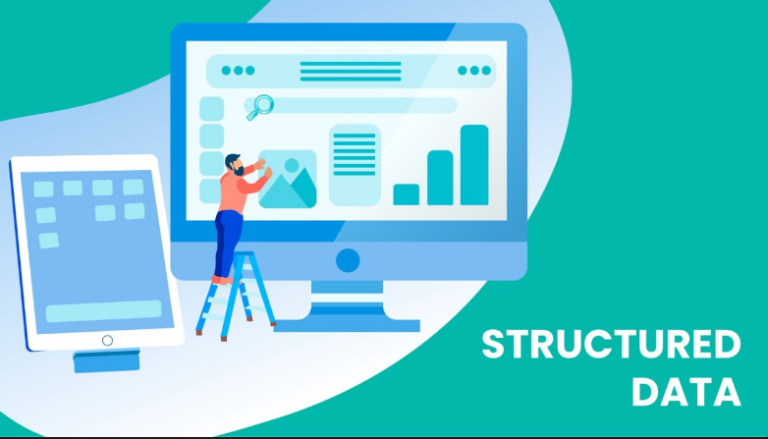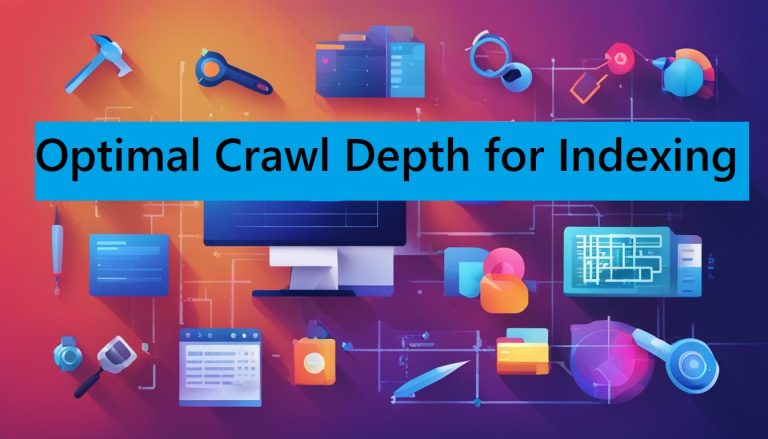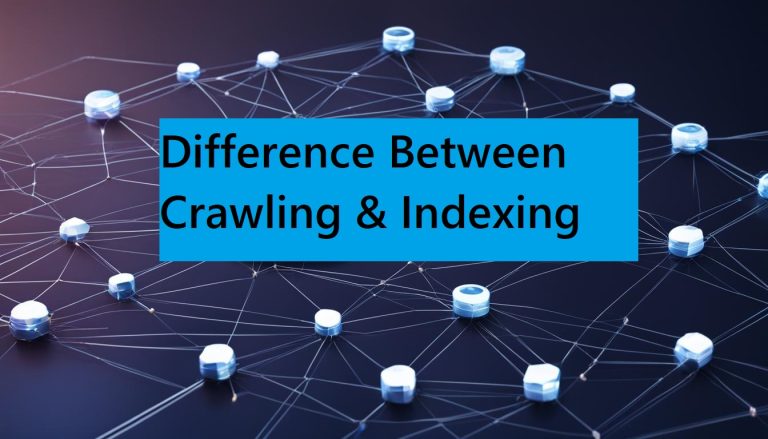Effective Internal Linking Strategies to Improve Crawlability
Effective Internal Linking Strategies to Improve Crawlability
Internal linking improves SEO by enhancing crawlability, helping search engines discover and index content, guiding users through the site, and distributing link equity to boost rankings of important pages.
Strategic internal linking enhances SEO by improving crawlability, guiding user navigation, and distributing link equity effectively throughout your website’s architecture.
Internal linking is a fundamental aspect of website architecture and SEO strategy. It involves linking one page of a website to another page on the same site. These links are crucial for establishing site structure, improving navigation, and enhancing SEO performance.
By strategically placing internal links, webmasters can guide both users and search engine bots through the website, ensuring that important content is easily accessible and well-indexed.
This article explores various strategies and best practices for leveraging internal linking to its fullest potential, ensuring your website ranks well and provides a seamless user experience.
Definition and Importance of Internal Linking
Internal links are hyperlinks that point to another page within the same domain. Unlike external links, which connect to pages on different websites, internal links keep the user within the same site.
Their primary importance lies in their ability to distribute link equity (the value passed from one page to another) across the site, which can help in improving the rankings of individual pages.
Types of Internal Links
There are several types of internal links, each serving a unique purpose in the overall site architecture:
- Navigational Links: Found in menus, sidebars, and footers, these links help users navigate the main sections of a website.
- Contextual Links: Embedded within the content, these links guide users to related information, enhancing their understanding and engagement.
- Footer Links: Often used for linking to less prominent but essential pages like the privacy policy, terms of service, and contact information.
The Role of Internal Linking in SEO
Effective internal linking strategies play a vital role in SEO by improving crawlability, user experience, and the distribution of link equity.
Enhancing Crawlability
Search engine bots, also known as crawlers, use internal links to discover and index new content. A well-structured internal linking system ensures that all pages, especially new and deep-linked ones, are accessible to crawlers.
This enhances the site’s overall crawlability and helps search engines understand the site’s structure and hierarchy.
Improving User Experience
Internal links guide users through related content, keeping them engaged and reducing bounce rates. By providing a seamless navigation experience, internal links can increase the time users spend on the site, which is a positive signal to search engines.
Strategies for Effective Internal Linking
Implementing effective internal linking strategies requires a thoughtful approach to content relevance, site structure, and user intent.
Content Relevance and Context
Internal links should always be relevant to the content they are placed in. Contextual linking, which involves linking to related articles or pages within the body of the content, helps users delve deeper into the subject matter.
This not only enhances their understanding but also encourages them to explore more pages on the site.
Linking Hierarchies
Establishing a clear linking hierarchy helps search engines understand the relative importance of different pages.
For instance, the homepage usually holds the highest authority, and links from the homepage should point to major category pages, which in turn link to sub-category and individual pages.
This hierarchical structure ensures that link equity flows naturally through the site, boosting the SEO value of key pages.
Optimizing Anchor Text
The anchor text, or the clickable text in a hyperlink, plays a crucial role in internal linking strategies.
Importance of Descriptive Anchor Text
Descriptive anchor text helps both users and search engines understand the context of the linked page.
Instead of using generic phrases like “click here,” it’s more effective to use keyword-rich anchor text that accurately describes the destination page. This practice improves the relevance and SEO value of the links.
Avoiding Over-optimization
While it’s important to use descriptive anchor text, over-optimization (stuffing keywords excessively) should be avoided.
Over-optimized anchor text can appear spammy and may be penalized by search engines. Striking a balance between descriptive and natural-sounding anchor text is key to maintaining credibility and SEO effectiveness.
Utilizing Deep Links
Deep linking involves linking to pages that are several levels down in the site hierarchy. This practice helps in distributing link equity and driving traffic to less prominent but important pages.
Balancing Deep and Surface Links
While deep links are valuable, it’s important to maintain a balance with surface links that connect to primary pages. A good mix ensures that both high-level and detailed pages receive adequate attention and link equity, enhancing overall site crawlability and user navigation.
Benefits of Deep Linking
Deep linking improves the visibility and indexing of content-rich pages that might otherwise be overlooked. By directing crawlers and users to these pages, deep linking ensures that all valuable content is discoverable and accessible, which can significantly boost SEO performance.
Creating a Logical Site Structure
A logical and intuitive site structure is the backbone of effective internal linking strategies. It ensures that both users and search engines can easily navigate and understand the site.
Building a Pyramid Structure
A pyramid structure, with the homepage at the top, followed by category pages, sub-category pages, and individual content pages at the bottom, is a widely recommended approach. This hierarchical structure not only helps in distributing link equity efficiently but also provides a clear and intuitive navigation path for users.
Using Categories and Tags Effectively
Categories and tags can further organize content and create additional linking opportunities. By grouping related content under specific categories and tags, you can create multiple pathways for users and search engines to discover relevant content, enhancing the overall site architecture.
Implementing Breadcrumbs
Breadcrumbs are a secondary navigation system that shows users the path they have taken to arrive at a particular page. They are highly beneficial for both user experience and SEO.
Enhancing Navigation
Breadcrumbs make it easier for users to navigate back to higher-level pages, improving overall site usability. They provide a clear context of the page’s location within the site structure, making navigation more intuitive.
SEO Benefits of Breadcrumbs
From an SEO perspective, breadcrumbs create additional internal links, distributing link equity and enhancing the crawlability of higher-level pages. They also improve the site’s overall structure, making it easier for search engines to index content accurately.
Leveraging Related Posts and Articles
Including links to related posts and articles within your content can significantly boost user engagement and SEO.
Increasing Engagement with Related Content
By suggesting related content, you encourage users to explore more pages, reducing bounce rates and increasing the time spent on the site. This not only improves user experience but also signals to search engines that your site provides valuable and relevant content.
Tools for Automating Related Links
Several tools and plugins can automate the process of adding related links, ensuring that the links are relevant and up-to-date. These tools analyze the content and suggest related posts based on keywords and categories, streamlining the internal linking process.
Monitoring and Analyzing Internal Links
Regular monitoring and analysis of internal links are crucial for maintaining an effective linking strategy.
Tools for Tracking Internal Links
Various SEO tools, such as Google Search Console, Ahrefs, and Screaming Frog, can help track internal links, identify broken links, and analyze the flow of link equity across the site. These tools provide valuable insights that can inform your internal linking strategy.
Adjusting Strategies Based on Analytics
Based on the data gathered from tracking tools, you can adjust your internal linking strategies to optimize crawlability and SEO performance. Regular audits and updates ensure that your internal linking remains effective as your site grows and evolves.





